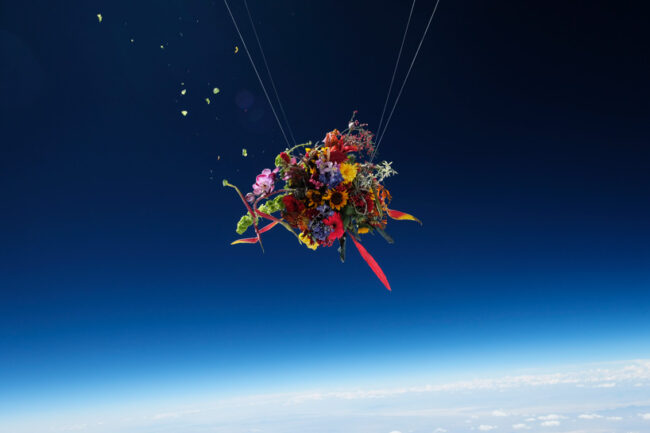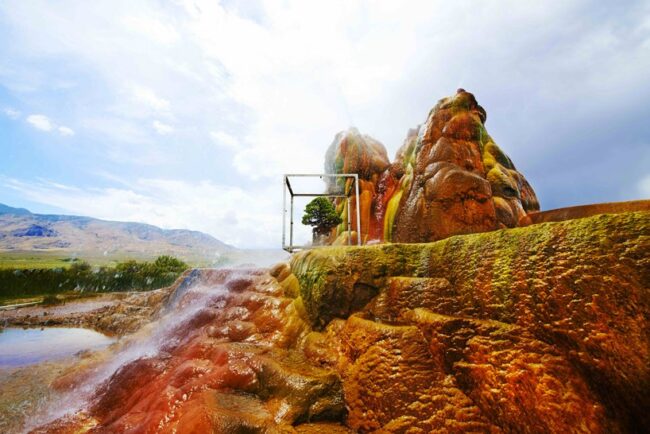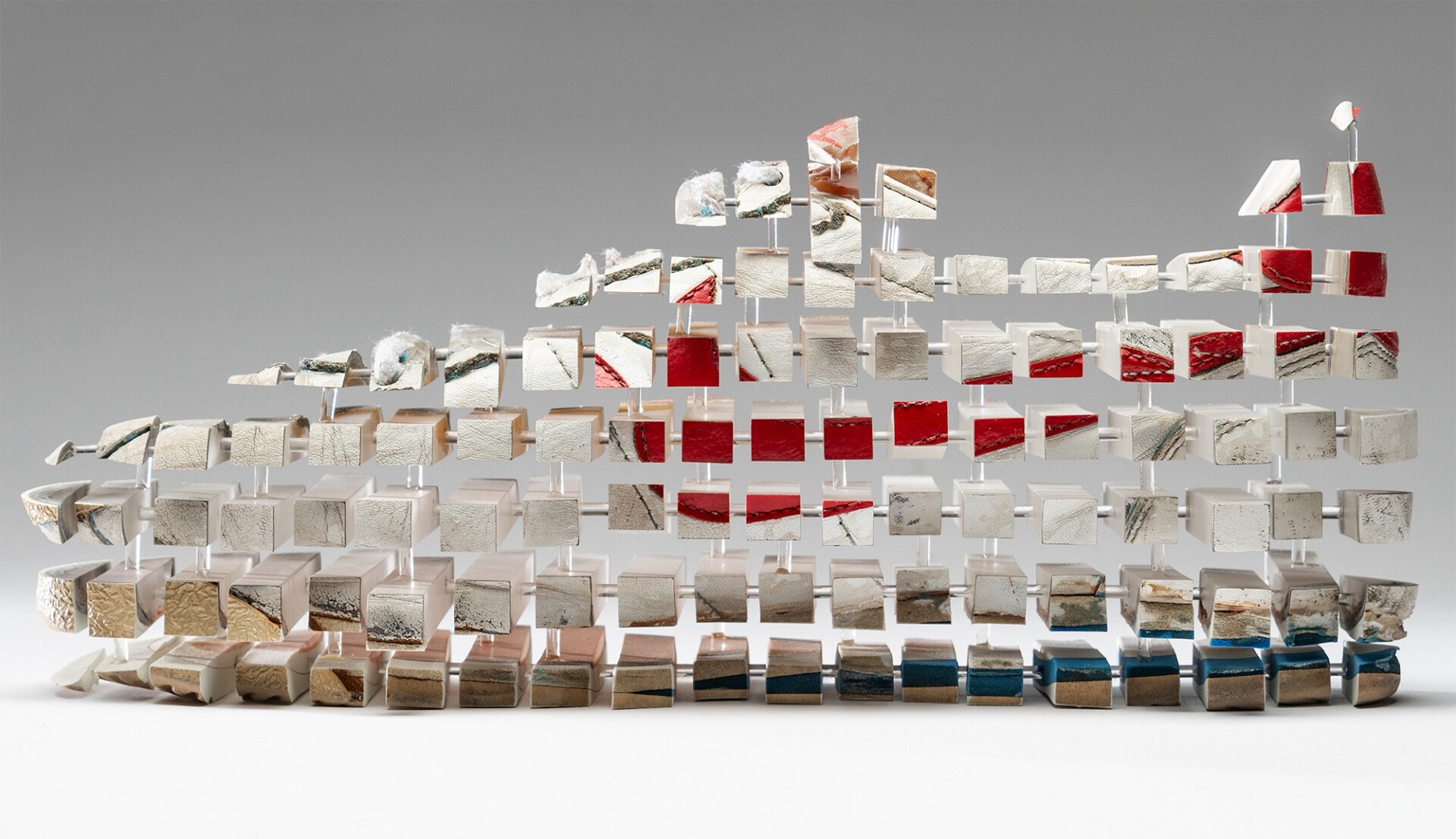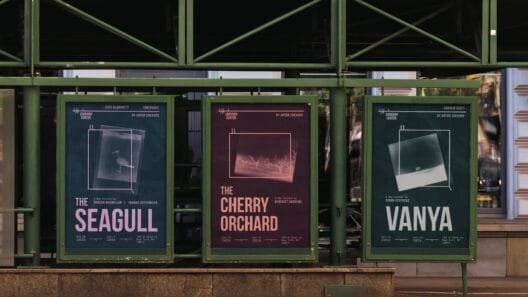Used in moments of celebration, love, and loss, flowers are a manifestation of the human experience. As a universal symbol of beauty, flowers are Japanese artist Azuma Makoto’s driving force when it comes to his artistry. Makoto shares his deep appreciation for wildlife by bringing its versatility to new and unexpected spaces. Throughout the years, Makoto has set flowers in ice, subterranean stone quarries, abandoned power plants, the depths of the ocean, and even outer space. Inspired by ikebana tradition, the Japanese art of arranging flowers, Makoto’s installations allow audiences to rediscover the beauty of soft petals and blooming buds by presenting them in a way they’ve never seen before.




In his 2015 exhibition “Shiki: Landscape and Beyond”, Makoto captured a bonsai tree’s ten-year journey around the globe. Makoto photographed the bonsai underwater, in a geyser, in the desert, in space, and in nearly every other extreme environment imaginable. With an interest in seeing how flowers express themselves in different situations, Makoto has observed the colours draining from a bouquet in the stratosphere and the preservation of a bouquet’s colour and shape when submerged in ice.
Makoto taps into the compelling contradiction between something familiar and admirable surrounded by the unsettling nature of uncharted and inhabitable environments. His installations create a visceral experience that plays with the instinctual admiration of flowers to make audiences comfortable with the unknown.







